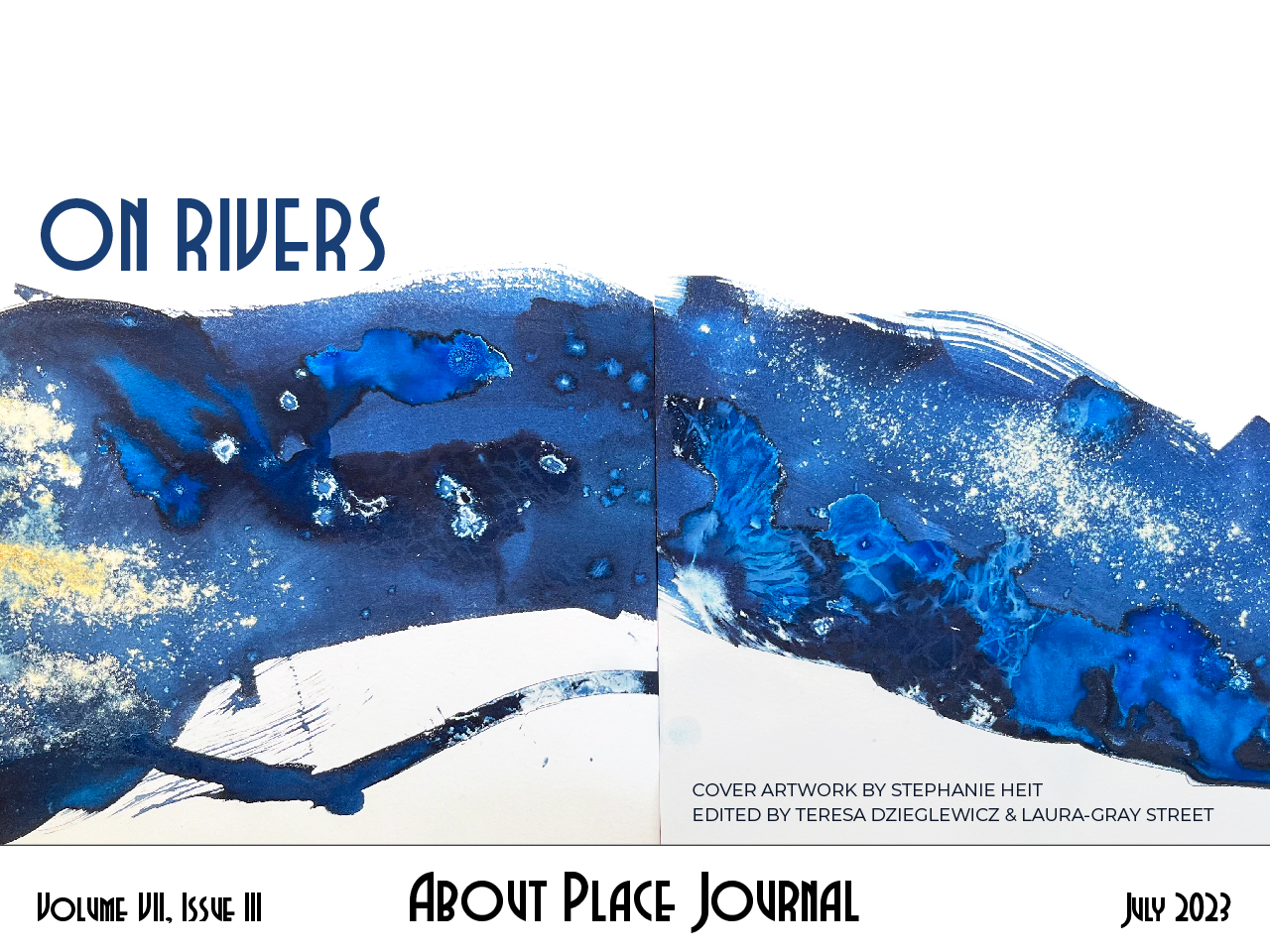The Northport River runs through a valley flanked by big hills and dumps into the harbor at the bottom of a steady decline. Most days, it’s just cars that flow up and down the paved valley. But when it rains, when it’s cats and dogs, well, then it seems we have a river. When it rains, it becomes time for words like torrent and deluge and inundation; then things can feel a bit armageddonish. This isn’t a river you’ll find on any map, sketched with a fine blue line. Instead, look for the words Main Street, the road that marks the paved path of our watershed. It signifies a suburban planning utterly inadequate, totally unable to drain the volume that arrives with a heavy rain, not to mention the flash floods. This drainage plan was not designed by the ancient Romans or by a person with a doctorate in civic engineering. O no, this drainage plan just seems to have been here for decades and no one, not the mayor, the village board, nor the consulting groups, knows quite what to do. What is true is that when the forecast calls for big rain, the shop-keepers stack sandbags outside their doors.
The Northport River is a force and a legend. It holds local stories, injuries, and memories. Like the one my friend Devin holds close, a tale from forty years ago. He was a young kid and got swept away, dragged under a car, gashing his leg and narrowly escaping with his life. He shows me the scar—and shows it to his three young boys so they know better. Every couple of months another story like this appears. In our local paper, the headlines use words like damage and debris and destruction. I’ve seen elderly folks get knocked down and some of the merchants have crafted ramps to ford the channels in the gullies alongside the sidewalks. I’ve seen big branches and garbage pails flow down with the surge and I’ve even got a couple of my own formidable tales. Last summer, I was perusing the art gallery with my kindergartener when a fierce storm peeled through, igniting the river. I squeezed his hand as we waded close to the buildings to make our way back to the Subaru, the river rushing up on the sidewalks, submerging our shins. A dozen years ago, my poor green Honda Civic was parked on Main Street while I stretched and breathed in a yoga class across the street. While I rested in child’s pose, the river flowed over the hood, swelling the transmission with water, diluting the lubricants and slipping the gears. Good-bye faithful green Honda. One of many cars claimed by the Northport River. In the quiet moments, as the storm clouds near, you can hear the locals whisper, “be careful where you park when the skies grow dark.”
The Northport River carries what we call runoff, which is a gentle word that hides much nastier things: motor oils and MiracleGro, septic system backups and sewage overflows. All this runoff becomes a new set of words: aquatic hypoxia, eutrophication, nitrogen overload. Eutrophication, from the Greek eutrophos (well-nourished) sounds nice but is really quite grave: water over-nourished with nutrients causing all sea-life to cease. And hypoxia, also known as altitude sickness, but when we add “aquatic,” things get even more dizzy. And nitrogen, good when it’s fixed in my front yard garden from legumes but bad in its synthetic style when it’s loaded on and inevitably flows into the river when the rains come. Northport was once a great fishing village, though these days there are no more lobster, clams, or mussels in the bay. Instead, there are words like Aureococcus (caused by rust tides) and Donophysis (caused by red tides) and Prorocentrum (caused by mahogany tides). Despite all the color, these algae blooms are toxic and disastrous for people and dogs and other beings who attempt to live in the sea. Much of this is to do with the river among other industrial tragedies.
Lately, on my late winter jogs along the concrete banks of Northport’s river, I find myself bursting into tears. I could try to explain why, the list is long: contingency in corporate academia, pandemic parenting, grief of all kinds, inflated groceries, general midlife aging, paradoxical everything. But I won’t. Instead, I’ll let the tears be part of the runoff. I’ll let my sneakers take me down the hills, formed by the Wisconsin glacier, cut into the earth and cut into me. I’ll make quick motion across the alluvial debris. I’ll make tears from my body’s weariness and hold fast when the rains come. The river emerges when all fails: language, symbols, signs, and civic structures. The river comes with the thunderous clouds and Nor’easters and my own archetypal uncertainty. Often, in my dreams, I’m frantically packing and fleeing such immensity. The Northport River is a challenge, a mystery, an unpredictable force for which we can’t quite account.
Sometimes, I too, am the Northport River. My body, with all its water and gravity. My heart, with all its weary uncertainty. My place, which so often cofounds me. I am the river of the north shore, river of the suburb gone awry, river of fear, river of inevitability. The Northport River flows through me, forever a reminder of how we might do better.


